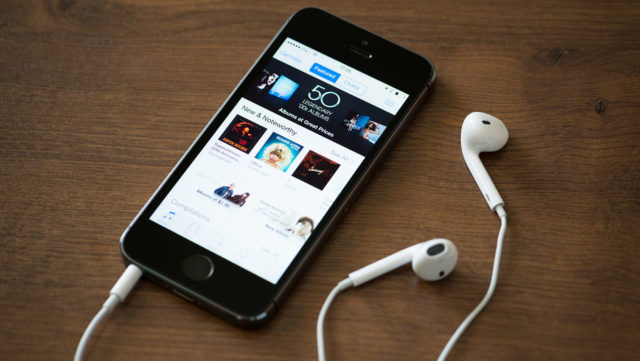In a world where you can do just about anything online, brands know that digital advertising is a must. Eighty percent of marketers will increase their focus on digital advertising in 2017, according to Conductor. As we look forward to a prosperous New Year, let’s take a look at the trends that are shaping the digital marketplace for brands.
Digital Is The New TV
According to the Digital Content NewFronts: Video Ad Spend Study by IAB, 68 percent of those polled feel that original digital video will be just as vital as original TV programming in the next three-to-five years.
A separate study by IAB revealed that ads appearing through original digital video (ODV) are most memorable with those in the 18-to-34 cord cutters/nevers group by 48 percent, followed by 18-and-over cord cutters (45 percent) and general population over 18 (38 percent).
YouTube is confident in their millennial influence, and for good reason. “We reach more 18-to-49-year-olds during primetime than the top 10 TV shows combined,” YouTube CEO Susan Wojcicki said during this year’s Digital NewFronts.
Listen Up
More brands are investing in digital audio, according to a recent study. Advertising Age and The Trade Desk, along with Advantage Business Research, surveyed 532 marketing and media professionals about the future of digital audio ads, and the potential impact of programmatic buying. In June, respondents said seven percent of their ad budgets were set aside for digital audio, but in the next 12 months, their investment in the format would likely grow to 11.6 percent.

Market That Mobile
Zenith predicts that in 2017, mobile advertising will surpass advertising on desktop. In fact, 75 percent of internet use will be accessed via a mobile device in 2017—up from 68 percent this year, according to a mobile advertising forecast released by Publicis’ Zenith unit.
Covering 60 countries worldwide, the report focuses exclusively on mobile advertising and technology trends. Spain leads the way for internet markets with 85 percent, followed by Hong Kong at 79 percent, China at 76 percent and the US at 74 percent.
Brands Go Insta
While it’s no surprise that a majority of marketers (85.8 percent) will utilize Facebook in 2017, eMarketer predicts that Instagram will finally overtake Twitter next year as a marketing platform.
By 2017, the research firm forecasts 74.2 percent of US companies with more than 100 employees will use Instagram for marketing purposes, whereas 66.2 percent will be using Twitter. To put that into perspective, eMarketer estimates that 66.1 percent of marketers currently use Twitter, compared to the 53.2 percent who use Instagram.
Beware Of Blockers
According to Juniper, ad-blocking will continue to rise in popularity among consumers, resulting in a loss in revenue by 70.2 percent in the next few years. “Adoption (of ad-blockers) is being driven by consumer concerns over mobile data usage and privacy,” noted Sam Barker, author of the research report. “They are also incentivized to adopt the technology in order to reduce page load times.”
The most important strategy is to be authentic and to understand the connected customer journey across all touch points. A new study by the Chief Marketing Officer (CMO) Council reveals this to be one of the biggest challenges for marketers in 2017.
“Savvy CMOs don’t see digital as a destination for transformation but instead see the digital experience as a constantly moving evolution for both engagements and operations,” noted Liz Miller, senior vice president of marketing for the CMO Council. “The year ahead will represent a real turning point in the customer experience as marketers plan to turn their sights toward connecting, streamlining and measuring the entire journey.”

